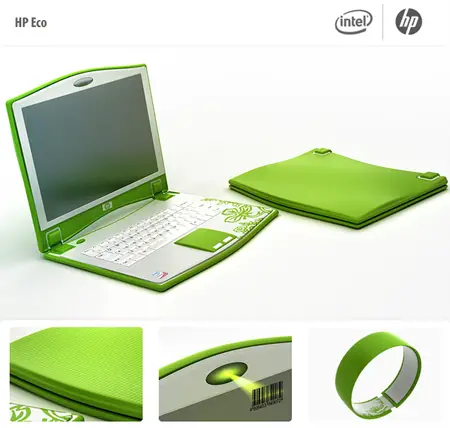COULD BE THE THINNEST AND ARE ABLE TO BE FOLDED UP
You Can Folded Up your's Pc Easly
SPEAKING COMPUTER SYSTEM CONTROL
Well, with our latest technology and computers nowadays, we have already arrived to the future of technology. As looking back from two years ago, we called it future, but now? As our technology improves, society nowadays needed higher standards of livings and of course computers are getting powerful. What will it be the next two years? Do you have any opinions about our future computers and technology? What do you think 10 years, 50 years or in the next 100 years’ technology be? Could technology in the future possibly able to take over human beings? Well…all that begins from imagination
You Can Folded Up your's Pc Easly
SPEAKING COMPUTER SYSTEM CONTROL
Well, with our latest technology and computers nowadays, we have already arrived to the future of technology. As looking back from two years ago, we called it future, but now? As our technology improves, society nowadays needed higher standards of livings and of course computers are getting powerful. What will it be the next two years? Do you have any opinions about our future computers and technology? What do you think 10 years, 50 years or in the next 100 years’ technology be? Could technology in the future possibly able to take over human beings? Well…all that begins from imagination





















